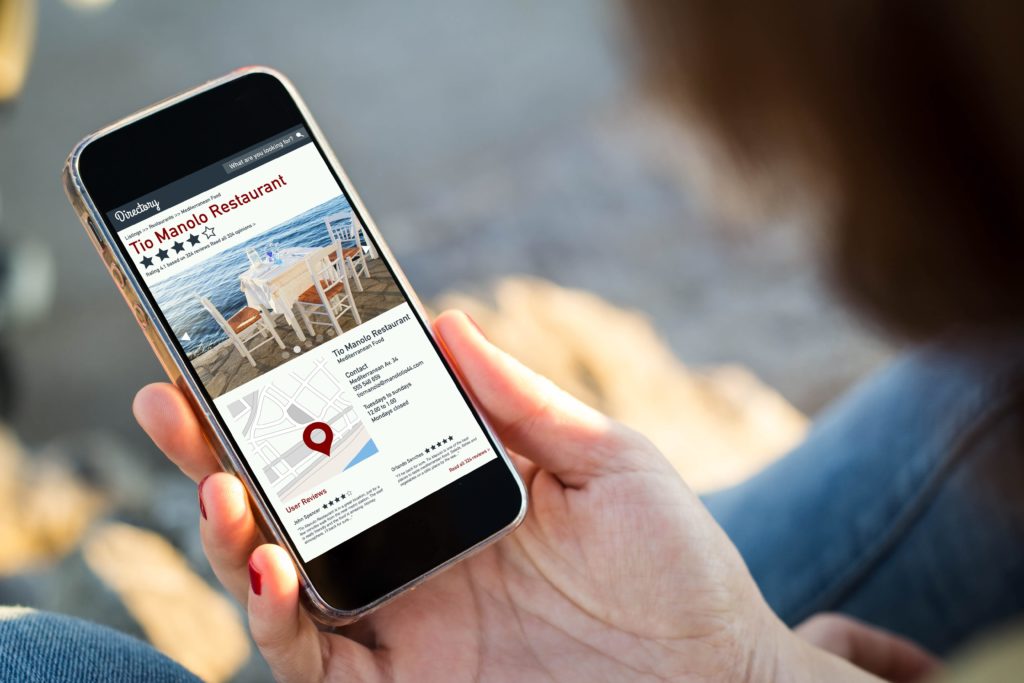You have the power to turn handling a rude customer into a positive and even promotional experience for your restaurant.
We never look forward to dealing with an upset or angry customer while running or working in a restaurant, but it’s inevitable. While most people are polite and calm in a situation, there are some rare occasions where a customer is boisterous and makes a scene.
Consumer Reports surveyed over one thousand restaurant-goers to see what the most common customer complaints were. The three most prevalent areas of concern included complaints about the waitstaff, the meal’s quality, and the restaurant’s cleanliness, bathroom facilities, or dishware.
So, how do you turn a raging customer yelling and waving their hands into a positive experience for your restaurant? It’s all about how you handle them.
Your reaction to a rude customer is how other guests will judge your restaurant’s reputation and image. If you uphold your authority and solve the situation quietly and swiftly, you’ll gain even more respect from observers.
In this article, we will explore exactly how to handle rude customers to uphold your restaurant’s good standing.
Handling Rude Customers in Person
One of the worst experiences while managing a restaurant is having an upset customer air their grievances and make a scene. Not only can it cause you to become flustered and overwhelmed, but other patrons stop their conversations to witness the scene.
This rude customer has just set the stage for you to uphold your restaurant’s image and integrity in front of an audience. You must handle this situation gracefully and with authority, while keeping it from disrupting your other guests.
Remain Calm and Poised
As a rude customer confronts you with their complaints and issues, it’s essential that you remain calm and poised. Even if they are red in the face, and their blood pressure increases, you must resist matching their level of emotion.
Body language is important in this situation as you don’t want to seem weak, but you also don’t want to seem intimidating. When you remain composed as a customer becomes disruptive, you will give an air of authority and better represent your restaurant.
Listen Attentively to the Customer
As your customer is in front of you complaining, this is your chance to listen to them attentively. Show them that you care about what they are saying and want to remedy the situation.
Body language plays a significant role when handling a rude customer. To make them feel heard, make eye contact with them and lean in. Seeing that you are actually listening may cause them to calm down.
Don’t just make it look like you’re listening, though. Actually, listen to what your customer is complaining about and internalize it. If you find that multiple customers have had the same concerns, it’s time to strategize and find a way to fix the issue.

Respond with an Apology and a Solution
Once you’ve listened and heard your customer’s complaints, it’s your turn to speak.
First, apologize for the mistake or issue. Take responsibility and do not put the blame on the customer. This can be difficult, but it’s important to swallow pride and accept that a mistake may have been made.
When speaking to the customer, use their name if possible. Saying his or her name while communicating will make them feel heard and cared for.
After apologizing for the mishap, offer a solution. Whether you move the customer to another table, bring out another meal, offer to replace the drink, or whatever it may be, do not leave the situation unattended.
Offer Compensation
If you cannot present an immediate solution, offer the customer compensation. This can be in the form of a free drink or dessert, a discounted meal, or whatever you may see fit for the situation at hand.
Many customers, 54% to be precise, complain about meals being of lower quality than expected. If this is the case, you can offer a free meal or discount on their next meal.
Not to mention, offering compensation to be used in the future at your restaurant could create a returning customer if you have handled their complaints well.
Handling Rude Customers Online
In the age of Yelp, TripAdvisor, TrustPilot, and Facebook, restaurant owners must also be aware of rude customers online. Everyone thinks they’re a food critic with access to these platforms. Now that people can hide behind a screen, they can leave brutal reviews about your restaurant.
These online reviews could harm your restaurant in ways an in-person encounter never could. They can turn away potential customers if they are considering having a meal there as they read previous customer experiences.
How do you handle these bad reviews and still keep your restaurant’s reputation in high standing?
Stay Positive
It’s tempting to respond to a bad review with the same tone and anger as the customer displayed. Avoid this practice at all costs. Only respond to reviews in a positive tone of voice and do not match the customer’s emotions.
Sinking to the customer’s level of blame and complaining can actually cause even more harm to your restaurant’s business. Other viewers could see you as unprofessional and decide not to visit.
When responding to a bad review, acknowledge the customer’s complaint and offer an apology for the mistake or situation they experienced. Taking responsibility will help build your authority and earn more respect from other viewers.
Take It Offline
If possible, take the conversation with an upset customer away from the public. Privately message or email the poster and have a chat about how you can remedy the situation. This is the perfect opportunity to apologize again and offer compensation for their troubles.
Running a Restaurant is More Than Just Food
Running a restaurant is more than just the cooking that goes on in the kitchen. That’s why professional Chef Instructors at Auguste Escoffier School of Culinary Arts teach not only Culinary Foundations, but Foodservice Management, Restaurant Operations, Business & Professional Communications, and other business-focused courses.
“Anybody can say they are a chef. As far as the management portion, that is where Escoffier is really helping me actually run a restaurant, run a café, or run a business. And that’s what I want.”
Tiffany Moore, Escoffier Online Culinary Arts Graduate, Co-Owner/Chef at Event Hall @ Cascade
With a culinary arts, pastry arts, or Hospitality & Restaurant Operations Management education from Escoffier, our graduates have the opportunity to make their restaurants shine with the skills learned in our degree and diploma programs.
Are you interested in running your own restaurant one day? Contact us today to learn more about Escoffier’s programs.
If you liked this article, read these next:
- 4 Ways All Chefs Should Handle Food Critics
- How Culinary School Can Help You Write and Implement a Restaurant Business Plan
- How to Create the Right Atmosphere in Your Restaurant
This article was originally published on January 7, 2016, and has been updated.



 “Anybody can say they are a chef. As far as the management portion, that is where Escoffier is really helping me actually run a restaurant, run a café, or run a business. And that’s what I want.”
“Anybody can say they are a chef. As far as the management portion, that is where Escoffier is really helping me actually run a restaurant, run a café, or run a business. And that’s what I want.”